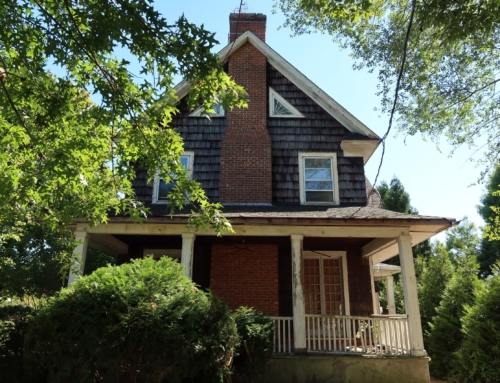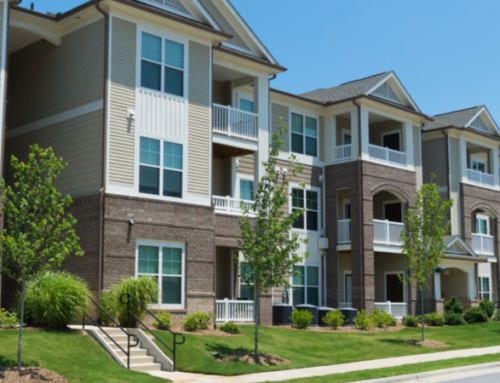With his long, curly hair, lanky gait and casual dress, Frank McKinney could pass for a rock star.
Instead, he’s a hugely successful, high-end real estate developer who designs and builds the kind of homes most other developers can only dream about. All of his homes are built “on spec” meaning that he has no buyer in mind when he designs and builds each house.
At the recent Inman Connect HighNet conference in Miami, McKinney (www.Frank-McKinney.com) wowed an audience of nearly 200 agents, mortgage lenders, and builders who specialize in serving a high net worth clientele with stories of unique $20 million beachfront homes sold as impulse buys.
McKinney recalled how one buyer closed on a Tuesday, moved in on Wednesday and called up the builder to ask how to break the news to his wife that “he had made a $20 million impulse buy.”
For a man who is currently completing construction on one of the world’s most expensive homes – a $135 million Florida beachfront home – his beginnings were certainly modest.
At age 18, with $50 in his pocket, McKinney left home and got a job sweeping sand traps at a local country club. When he realized that tennis pros were making a lot more than he was, he asked the club to send him for his tennis pro certification course.
“It cost $400 and I couldn’t afford it,” McKinney said. “But I had been pretty good at tennis growing up and I knew I could do it.”
McKinney passed the course and soon was making more than four times his previous hourly salary. He soon noticed that all of his clients had one thing in common – they owned a lot of real estate.
In what would turn out to be a pivotal career move, McKinney decided to exhaust his clients in 45 minutes, and then, while they were resting and getting a drink of water, would spend 15 minutes pressing them about how they made enough money to afford to take private tennis lessons in the middle of the workweek.
McKinney took $30,000 from his savings and with cash from a few of his clients, bought a rundown house in a derelict neighborhood and fixed it up. He made $6,000 profit and was hooked.
He soon realized that he’d do even better by buying the land and building his own homes. He started with smaller homes, and says he has pushed himself to do bigger, better, and more expensive homes each time he starts the design process.
There are maybe a few thousand people in the world who can afford to buy a McKinney house. Each one is unique, with special features McKinney dreams up in his office – quite literally a treehouse in his backyard.
One house he recently built includes a bar whose base is an enormous fish tank.
“We went to see a shipment of blue marble that had been brought over. It was so beautiful, so special that I bought the entire shipment,” he said. “It was more than we needed, but they have closed the quarry and won’t be excavating any more and now I have something completely unique that you won’t find anywhere else.”
If you’re building for someone who can afford a $25 million impulse buy, the product you provide must be completely unique and the service unparalleled, McKinney observed.
He cites one client, who has called him to come and fix various issues over many years. Although the original warranty that came with the home has expired, McKinney continues to send his trades people over to make whatever repairs are needed.
Although he could easily spend his life building fabulous homes for the world’s rich and famous, McKinney is spending a significant amount of his time building homes for some of the world’s poorest citizens.
His foundation, The Caring House Project, aims to provide housing, food, water and medical support for the “desperately poor and homeless around the world, particularly in the Caribbean, South America, Indonesia and in the U.S.” The foundation is currently completing construction on a self-sustaining village in Haiti.
All of the profits from his two best-selling books, including Frank McKinney’s Maverick Approach To Real Estate Success: How You Can Go from a $50,000 Fixer-Upper to a $100 Million Mansion, and his Frank McKinney action figure doll, go to the foundation’s coffers.
And in the “make no small plans”; part, McKinney solicits contributions of up to $125,000 for the foundation. What do you get for that? You can build an entire village for 25 homes, providing shelter for up to 200 people.
It looks like business will continue to be good for McKinney. In a new study from Architectural Digest and Sotheby’s International Real Estate Affiliates, 36 percent of Architectural Digest subscribers intend to buy a secondary or additional home in the next two years. Of those subscribers who already own three or more homes, nearly half say they will buy an additional home within two years.
Nov. 3, 2006.






Leave A Comment